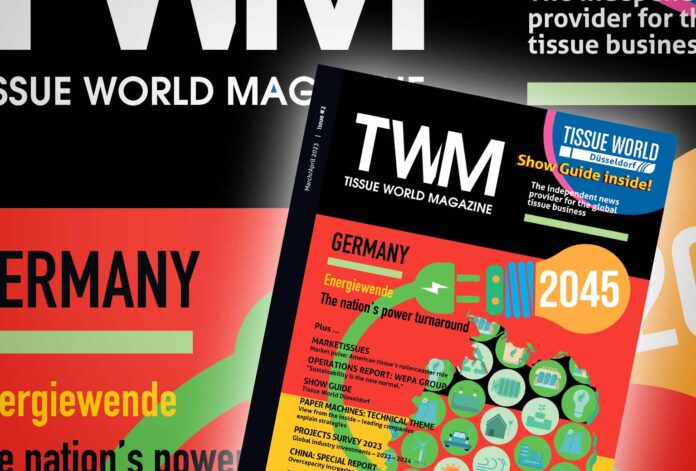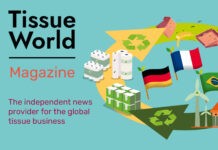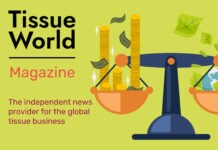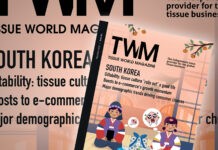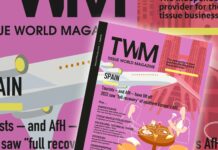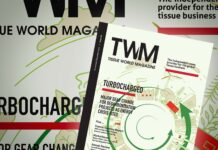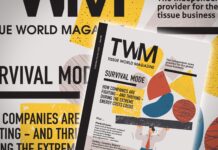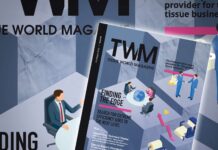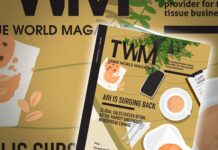Germany’s green transition may have been accelerated by five to ten years. And remarkably, it could have proceeded at a faster pace still.
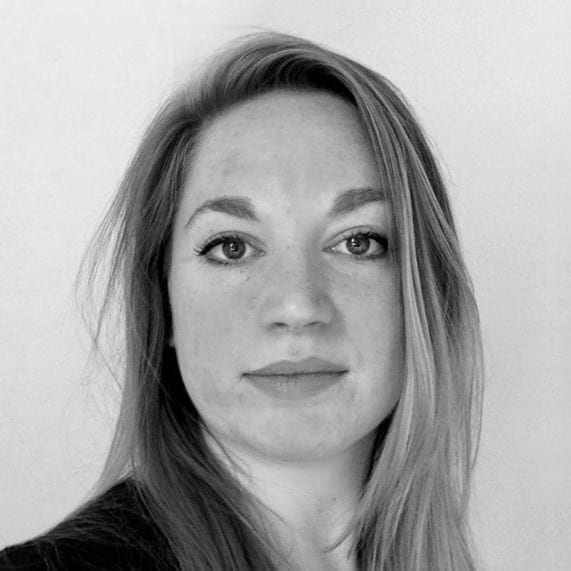
Global challenges of the last three years triggered what would seem to be systemic changes among manufacturers and consumers. Notwithstanding a surprise contraction in Q4 2022 GDP of – 0.4% against – 0.2% predicted, the longer-term trends are better. Destatis, the German Federal Statistical Office, contrasts the 2022 dip against Q4 performance in two prior years of +0.9% and +0.3%, and growth of +0.2% is expected for the rest of 2023. Germany, population 84.1 million, has long set green targets. Historically heavily reliant on engineering and coal, the Energiewende programme towards renewable energy began 13 years ago. The pathway towards 2050 – although a climate-neutral Germany is now said to be possible by 2045 – included an accelerated phase-out of nuclear power by December 2022, half of electricity supplies sourced from renewable energy, and coal use phased out by 2038.
An early leader in offshore wind and solar PV, targets increased to 20GW of offshore wind by 2030 and 40GW by 2040, alongside investments in 5GW of hydrogen by 2030. Targets during the best-of-times are prone to slippage, and the military conflict in Europe constitutes a category different threat to those ambitions. TWM’s Country Reports chart the remarkable recalibration brought about by the combined challenges of the last three years. Green transitions have speeded up, and consumers are using energy more efficiently. The surprising reluctance to embrace e-commerce seems to be receding, and investment in renewables has increased. The unemployment trend is favourable, sitting at about 3.5% currently.
For tissue, the slow-growth stage continues but with significant underlying changes: machine replacements and upgrades are focused on cost and quality improvements, hygienic consumption has growing importance, and the search for quality at the right price is catered for by a strong private label sector. The rate of decarbonisation has accelerated, and TWM’s analyses suggest the outlook could look much better in two to three years.
Quote of the edition
It is a phrase subjected to much speculation in recent years, and now Harm Bergmann-Kramer has defined it: “Sustainability is the new normal.” The WEPA Chief Operating Officer explains what it means for the German tissue giant in Country Reports.
Top issues for global tissue corporations
In the next two years nearly 70% of companies plan to invest in on-site green energy with solar panels or wind turbines. Two thirds are investing in equipment to reduce carbon emissions, and more than half aim to reduce plastic use and change fuels to fossil-free options. Just 18% rank sustainability as “not a top priority” now, even though it ranked the second highest when asked about key improvement areas. These key insights are among the results of the Finnish technology company Tietoevry’s Global Tissue Industry Study 2022, partnered with Fisher International, I-Plan, Valmet Automation and supported by Tissue World between June – October 2022. Some 36 tissue producer corporations from 22 countries took part. Full report in World News.
How long is a work of art? How long can you make the paper?
The answer to that question, in practical terms, is 250 metres. Italian artist Enrico Mazzone, however, likes the grand tradition of his country’s great artists. So he will have continuous lengths. The work is titled The Book of Revelation, and the finished work will be one kilometre long. Enrico worked his way up to this scale as his previous artwork Rubedo, based on Dante’s Divine Comedy, was the then largest work of art on paper – 97 metres long.
Koehler Paper’s Greiz paper production plant in Germany is providing its Eco Black recycled paper for the artwork. He says of his canvas: “I am attracted to all kinds of products that are linked to pulp. This raw material is very versatile. I consume a lot of paper, and I believe in the sustainability of the ecosystem. This paper has deep and rich black colours, is made in a carbon-neutral manner, is lightfast, and is resistant to bleeding, colour migration, and rubbing.” Enrico explains all, with examples of his work, in ConsumerSpeak.





















